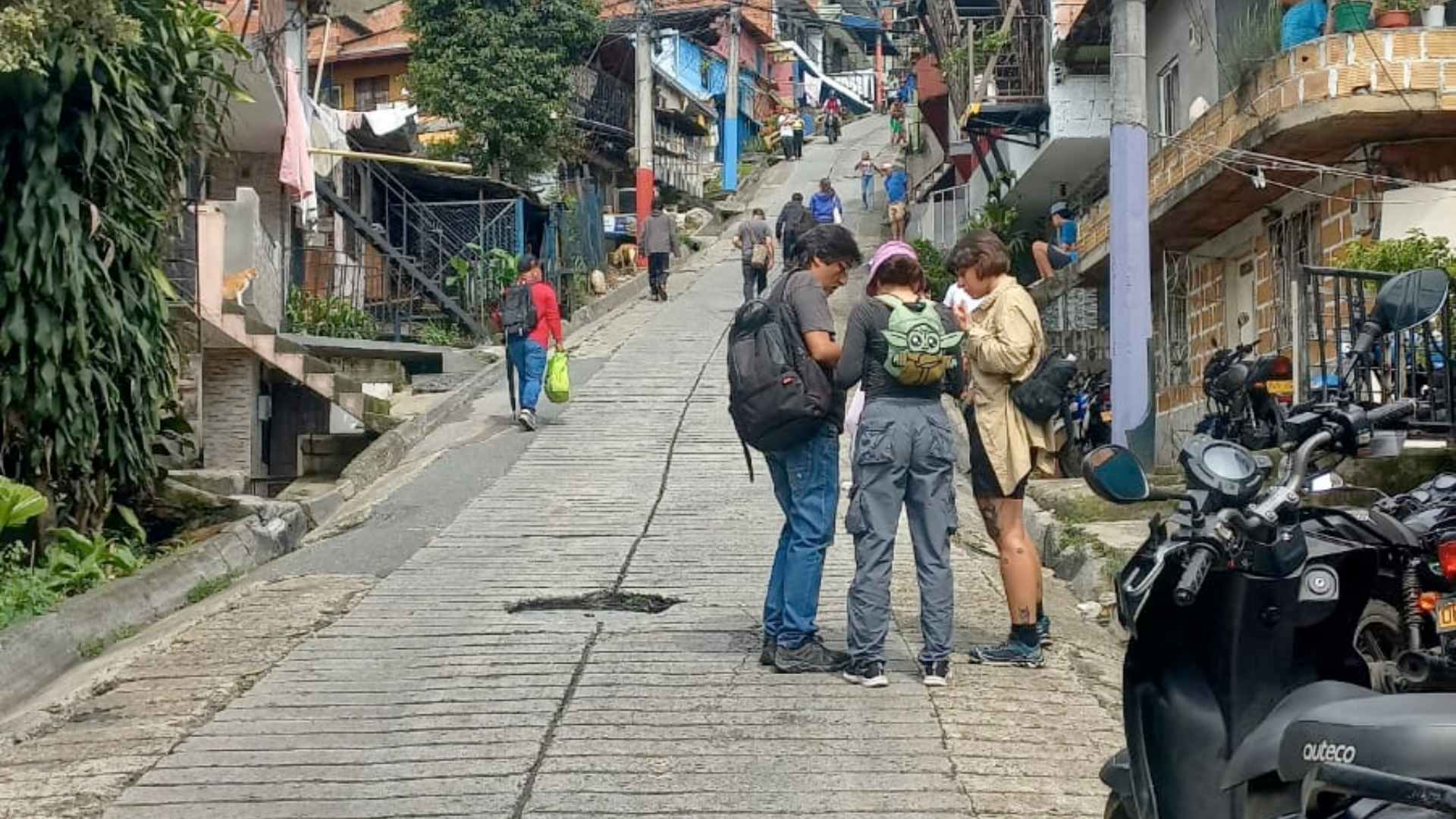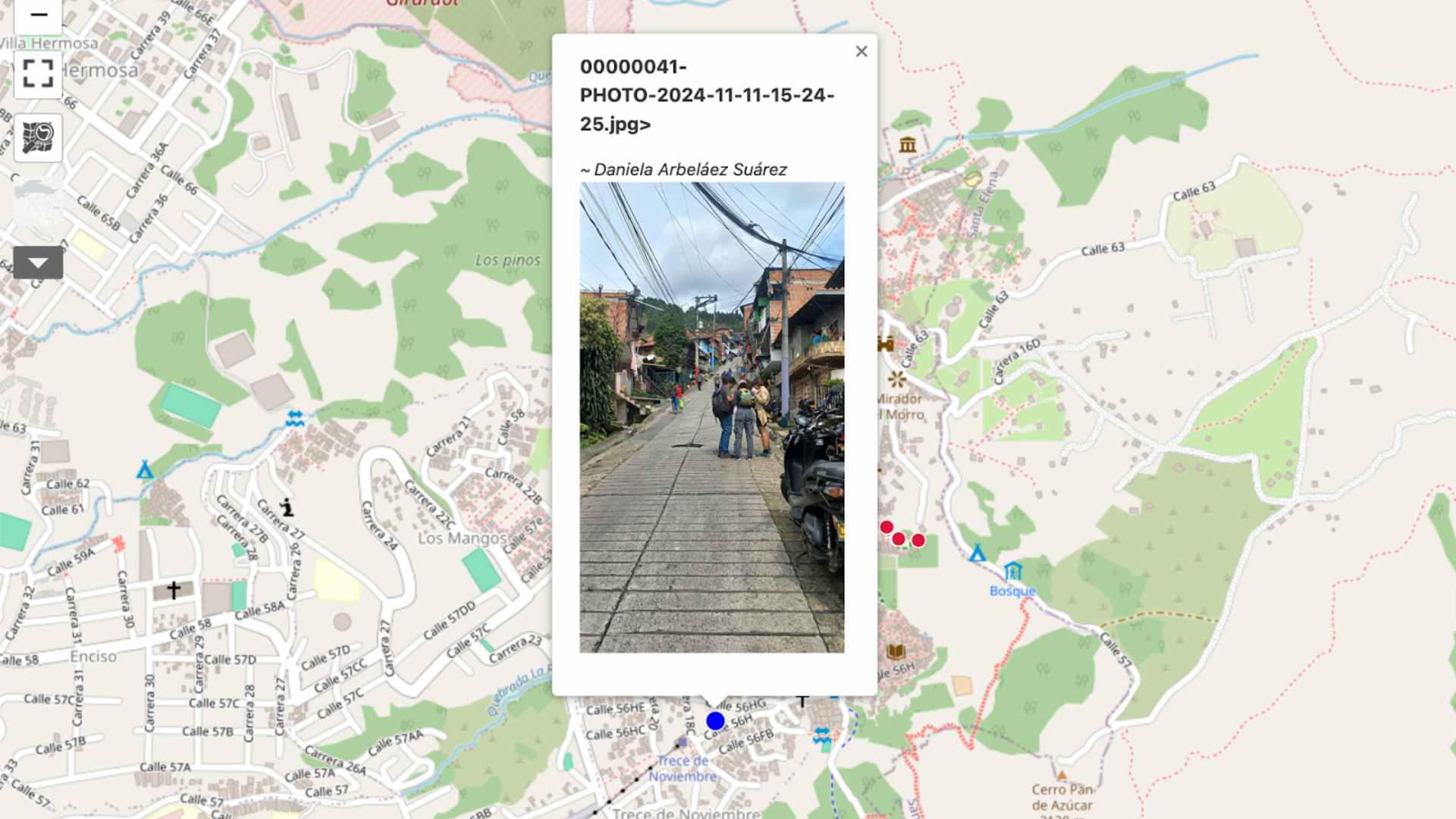Blog by Victor Zhenyi Wang: “The very first project I worked on when I transitioned from commercial data science to development was during the nadir between South Africa’s first two COVID waves. A large international foundation was interested in working with the South African government and a technology non-profit to build an early warning system for COVID. The non-profit operated a WhatsApp based health messaging service that served about 2 million people in South Africa. The platform had run a COVID symptoms questionnaire which the foundation hoped could help the government predict surges in cases.
This kind of data-based “nowcasting” proved a useful tool in a number of other places e.g. some cities in the US. Yet in the context of South Africa, where the National Department of Health was mired in serious capacity constraints, government stakeholders were bearish about the usefulness of such a tool. Nonetheless, since the foundation was interested in funding this project, we went ahead with it anyway. The result was that we pitched this “early warning system” a handful of times to polite public health officials but it was otherwise never used. A classic case of development practitioners rendering problems technical and generating non-solutions that primarily serve the strategic objectives of the funders.
The technology non-profit did however express interest in a different kind of service — what about a language model that helps users answer questions about COVID? The non-profit’s WhatsApp messaging service is menu-based and they thought that a natural language interface could provide a better experience for users by letting them engage with health content on their own terms. Since we had ample funding from the foundation for the early warning system, we decided to pursue the chatbot project.
The project has now spanned to multiple other services run by the same non-profit, including the largest digital health service in South Africa. The project has won multiple grants and partnerships, including with Google, and has spun out into its own open source library. In many ways, in terms of sheer number of lives affected, this is the most impactful project I have had the privilege of supporting in my career in development, and I am deeply grateful to have been part of the team involved bringing it into existence.
Yet the truth is, the “impact” of this class of interventions remain unclear. Even though a large randomized controlled trial was done to assess the impact of the WhatsApp service, such an evaluation only captures the performance of the service on outcome variables determined by the non-profit, not on whether these outcomes are appropriate. It certainly does not tell us whether the service was the best means available to achieve the ultimate goal of improving the lives of those in communities underserved by health services.
This project, and many others that I have worked on as a data scientist in development, uses an implicit framework for impact which I describe as the design-to-impact pipeline. A technology is designed and developed, then its impact is assessed on the world. There is a strong emphasis to reform, to improve the design, development, and deployment of development technologies. Development practitioners have a broad range of techniques to make sure that the process of creation is ethical and responsible — in some sense, legitimate. With the broad adoption of data-based methods of program evaluation, e.g. randomized control trials, we might even make knowledge claims that an intervention truly ought to bring certain benefits to communities in which the intervention is placed. This view imagines that technologies, once this process is completed, is simply unleashed onto the world, and its impact is simply what was assessed ex ante. An industry of monitoring and evaluation surrounds its subsequent deployment; the relative success of interventions depends on the performance of benchmark indicators…(More)”.



